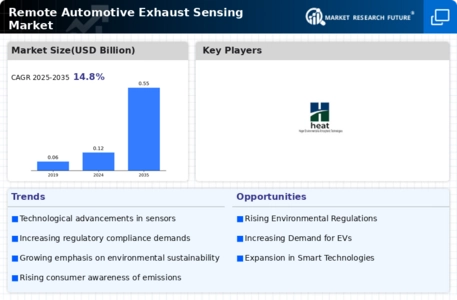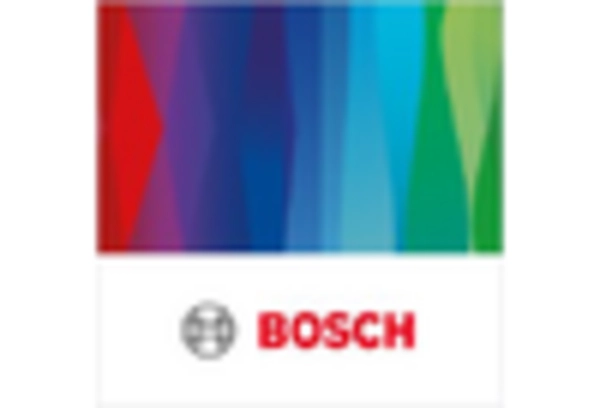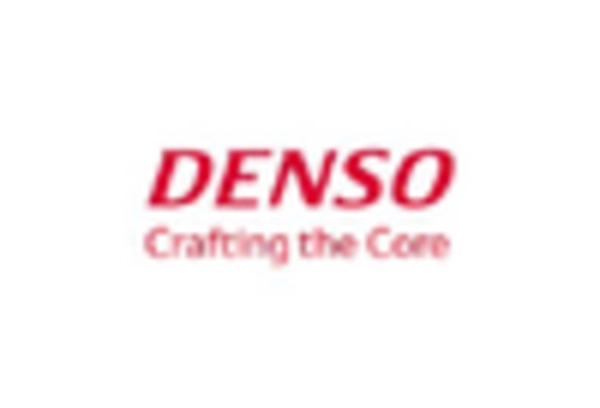Market Trends
Key Emerging Trends in the Remote Automotive Exhaust Sensing Market
The remote automotive exhaust sensing market is witnessing several noteworthy trends that are shaping its trajectory and influencing industry dynamics. One prominent trend is the increasing adoption of advanced sensor technologies. As automotive emissions regulations become more stringent globally, there is a growing demand for highly accurate and reliable remote exhaust sensing systems. This trend is driving innovation in sensor technologies, with companies focusing on developing sensors that offer enhanced sensitivity, precision, and adaptability to diverse vehicle types and fuel sources.
Another significant trend in the remote automotive exhaust sensing market is the rise of electric and hybrid vehicles. With a growing emphasis on sustainable transportation, electric and hybrid vehicles are gaining traction in the automotive industry. This shift poses challenges for exhaust sensing, as these alternative fuel vehicles produce different types of emissions. Market players are responding by developing specialized sensing solutions tailored to the unique characteristics of electric and hybrid vehicle exhaust, addressing the evolving needs of the market.
The integration of artificial intelligence (AI) and machine learning into remote automotive exhaust sensing systems is a noteworthy trend driving market innovation. AI algorithms can analyze vast amounts of data generated by exhaust sensors in real-time, providing insights into emission patterns, predictive maintenance needs, and overall system performance. This trend not only enhances the capabilities of exhaust sensing systems but also aligns with the broader industry push toward smart and connected vehicles.
Cost-effective solutions are emerging as a key trend in the remote automotive exhaust sensing market. As manufacturers seek ways to comply with stringent emissions regulations without significantly increasing costs, there is a growing demand for affordable sensing solutions. Companies are focusing on optimizing manufacturing processes, utilizing cost-effective materials, and achieving economies of scale to offer remote sensing systems that strike a balance between performance and affordability.
Globalization is influencing market trends as automotive manufacturers expand their operations internationally. The need for standardized sensing solutions that can adapt to diverse regional regulations and vehicle types is driving collaboration and partnerships among market players. This trend reflects the industry's recognition of the importance of creating universally applicable remote exhaust sensing systems to meet the requirements of a global automotive market.
The market is also witnessing a trend towards increased connectivity and data-driven solutions. Remote automotive exhaust sensing systems are becoming more integrated into the broader vehicle ecosystem, enabling seamless communication with other vehicle components and systems. This connectivity facilitates real-time monitoring, data analysis, and remote diagnostics, contributing to improved overall vehicle performance and efficiency.
Additionally, environmental consciousness among consumers is driving a trend towards transparency and sustainability in the automotive industry. End-users are increasingly concerned about the environmental impact of vehicle emissions, prompting manufacturers to adopt and promote remote exhaust sensing technologies as part of their commitment to sustainability. This trend not only influences consumer choices but also encourages further innovation in the development of eco-friendly automotive solutions.
















Leave a Comment